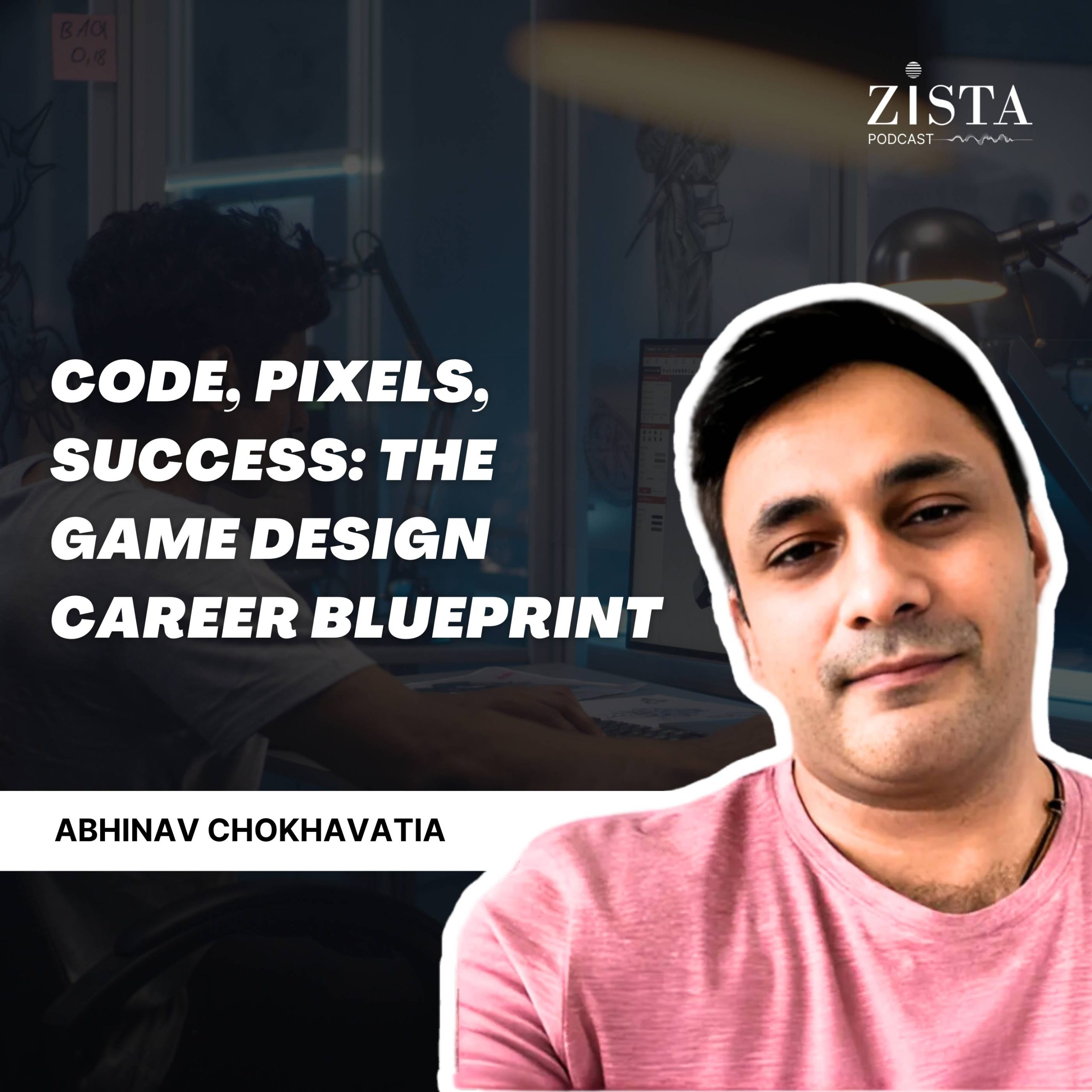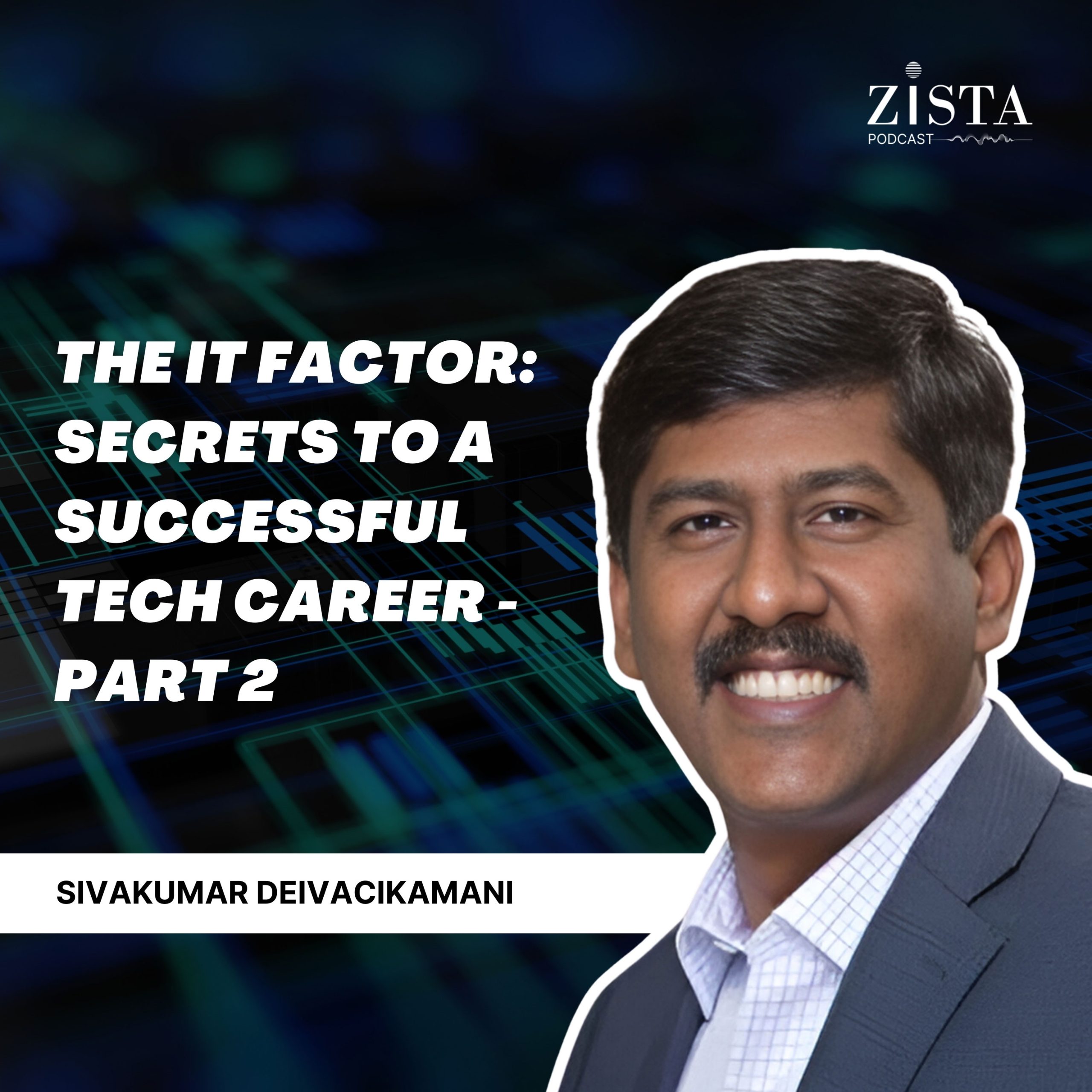The Creative Campaigner: New Age Strategies for Ad Pros
In this instalment of “The Creative Campaigner: New Age Strategies for Ad Pros,” we sit down with Satyen Adhikari, a creative maestro whose strategies have left a mark on prestigious brands across continents. With a storied career that spans over two decades, including JWT and Ogilvy, Satyen’s journey is a testament to the power of innovative advertising.
We zoom in on the transformative shifts in advertising that have redefined how we engage and persuade. From dissecting a campaign that leveraged the peculiarities of a digital platform to turning storytelling into a strategic tool for brands, Satyen equips listeners with the knowledge to navigate the complexities of modern advertising.
Step into this episode to unlock the narrative potential of your campaigns, ensuring they don’t just reach eyes and ears but hearts and minds.
In every advertisement, there’s a story waiting to break free, captivating audiences far and wide.
Welcome to the latest episode of the Zista Podcast, “The Creative Campaigner: New Age Strategies for Ad Pros,” where the art of advertisement meets the science of attention. Today, we’re zooming into the future of ads with Satyen Adhikari from DDB Dubai. Satyen, with over twenty years of experience under his belt, has crafted campaigns for some of the world’s most prestigious brands across various continents, including JWT and Ogilvy.
In this conversation, we get to the heart of what’s really changed in advertising over the last ten years. Satyen gives us the scoop on a standout campaign designed for a specific digital platform, turning its unique features into the campaign’s secret sauce. We also cover how to weave compelling stories into brand narratives, preparing for future trends, and tackling the everyday challenges faced by ad professionals.
Join us as we bridge insights with action, crafting a toolkit for today’s ad pros to elevate their campaigns from simply seen to truly memorable. With Satyen’s expertise, we’ll navigate the maze of modern advertising, turning challenges into stepping stones for success. Welcome aboard, as we take you through a journey of discovery, strategy, and impact.
KEY TAKEAWAYS
- Understand and leverage the power of social media platforms like Facebook, Instagram, Twitter, TikTok, and Snapchat. The rise of these platforms has revolutionized marketing strategies, emphasizing the need for short-format, engaging content.
- Identify and highlight a product’s unique emotional and tangible benefits through storytelling. This helps create compelling narratives that differentiate a brand in a competitive market.
- Find distinctive features that can be authentically tied to the product or brand. Authenticity in storytelling aligns with the brand’s core identity and resonates with the audience.
- Recognize the significant impact of generative AI on the advertising industry. Enhance skills and adapt strategies to stay relevant as this technology continues to evolve and shape the industry.
- Despite the rapid evolution of digital platforms and technologies, the core principles of marketing and creativity continue to be foundational. Building a strong base in these principles is essential.
- Understanding societal changes and global trends can inform marketing strategies and enhance the relevance of campaigns. Staying informed about the world beyond the advertising industry is vital for creating impactful and resonant messaging.
Questions
Q1. What has been the biggest change in strategies adopted by creative agencys, over the last decade?
A: Satyen mentioned a significant shift that rocked the foundation of many creative agencies, stemming from the advent of social media platforms. This evolution began with Facebook, followed by Twitter, and more recently, TikTok and Snapchat. The emergence of these platforms has popularized short-format content, fundamentally changing how clients approach advertising.
While traditional advertising mediums like television and print continue to be relevant, especially in vast markets such as India, the rise of social media has markedly influenced marketing strategies and budget planning. This shift necessitates an understanding of the varied demographics and market needs, acknowledging that different markets require different approaches.
The transition to social media-centric strategies has required agencies to fundamentally alter their approach to content and film production. This change demanded adaptability at all organizational levels, challenging established norms of advertising and prompting a reevaluation of how to engage with audiences effectively. According to Satyen, social media’s impact represents the most significant change in advertising strategies over the last decade, signaling a new era in how creative agencies operate.
Q2: Can you share an example of a campaign specifically designed for a particular platform, utilizing its unique features?
A: Satyen discussed a recent campaign they developed for Activia, a probiotic drink, highlighting how they tailored it to leverage the unique capabilities of social media platforms. The campaign was centered around the “Activia 14-Day Challenge,” encouraging participants to consume two Activias daily to improve their gut health. The challenge was designed to show that while acquiring new skills like playing the guitar or learning a new language might take longer, achieving better gut health could be a simpler and quicker goal to accomplish within two weeks.
This campaign strategically utilized social media, first launching on these platforms and employing influencers to promote the challenge in a format native to short-form content channels. Additionally, to engage the audience further and underscore the campaign’s message, new Snapchat filters promoting healthy eating and the benefits of probiotic drinks were introduced. This approach not only leveraged the strengths of social media but also aligned with the trend towards health and wellness, making it a timely and relevant campaign.
Q3. How is storytelling integrated into brand advertising narratives?
A: Satyen emphasizes the critical role of storytelling in today’s market, highlighting the challenge of distinguishing products and services in an environment filled with similarities. This challenge isn’t confined to advertising alone but extends to the products themselves, many of which lack distinctiveness. The starting point for creating a compelling narrative, according to Satyen, is finding an aspect of the product that can be seen as both an emotional and a tangible benefit. This unique feature then becomes the cornerstone of a narrative designed to make the brand stand out from its competition. Although success isn’t guaranteed, the effort lies in identifying or inventing something distinctive that can be authentically tied to the product or brand.
In Satyen’s view, the essence of effective storytelling in advertising has remained unchanged from the early days of the industry. It involves a deep dive to uncover or create a unique element that can form the basis of a narrative that resonates with the brand. This narrative must align with the brand’s core identity, whether it’s related to airlines, hotels, destinations, or any other sector. The objective is to spotlight something genuinely noteworthy about the brand.
Satyen illustrates this approach with the example of Saudi Arabia’s tourism campaign. He recounts how Saudi Arabia, once a closed country, opened its doors to global tourism with a campaign that invited the world to explore its undiscovered beauty. This campaign was developed in Dubai and anchored by the slogan “Welcome to a journey you’ve never imagined.” It effectively captured the essence of Saudi Arabia as an unexplored destination, focusing on its unique experiences, locations, people, and cuisine. This narrative leveraged Saudi Arabia’s novelty to potential tourists, embodying the idea of offering experiences previously unseen by the global audience, thereby making the campaign a powerful example of storytelling in advertising.
Q4. How can advertising professionals prepare for upcoming trends in the next few years?
A: Satyen identifies generative AI as the most significant change in the advertising industry, a development that is already making its presence felt. He stresses the urgent need for advertising professionals to rapidly enhance their skills to stay relevant in an industry that generative AI will profoundly transform. According to Satyen, the growth and intuitive capabilities of generative AI are accelerating at an unprecedented pace, suggesting that within the next five to seven years, it will fundamentally alter the advertising landscape.
The survival in this evolving environment, as per Satyen, will depend on the adaptability and resilience of both individuals and companies. He anticipates that generative AI will not only introduce major disruptions but also create a scenario where only the “toughest and the fittest” can thrive. The potential of generative AI extends far beyond what is currently understood or utilized, with the industry only beginning to scratch the surface of its capabilities. This technology represents a more significant change than even the advent of social media, given its still-untapped potential.
To face these imminent changes, Satyen advises all advertising professionals to prepare as thoroughly as possible. The focus should be on improving one’s ability to work alongside this evolving technology to remain relevant and competitive in the field.
Q5. What common challenges do advertising professionals face today, and how can they be addressed?
A: Satyen highlights several challenges faced by advertising professionals, drawing from over two decades of experience in the industry. A significant challenge is the rapid change of platforms and the evolving expectations of clients, who increasingly prioritize quick wins over long-term brand-building storytelling. This shift towards immediate results has placed immense pressure on both clients and agencies to deliver measurable returns on investment, emphasizing the need for agility and adaptability.
The drive for quick wins requires professionals to be agile, versatile, and open to new ways of thinking. Satyen points out that while the digital landscape and client expectations may shift frequently, the core principles of marketing and creativity remain unchanged. He emphasizes the importance of having a strong foundation in these principles while being flexible enough to build upon them as the industry evolves.
Referencing historical concerns about technology displacing jobs, such as the introduction of computers, Satyen suggests that similar fears about AI are unfounded. Instead, he advises embracing change and adapting to new technologies. Understanding and adapting to societal changes is also crucial, as these broader shifts often influence marketing strategies and agency deliverables.
Satyen stresses the importance of staying informed about the world beyond the industry, noting that changes in society at large often reflect back on the needs of marketers and the solutions that agencies must provide. He encourages advertising professionals to view change as a constant and an opportunity rather than something to fear. Embracing change and going with the flow, according to Satyen, is essential for success in the rapidly evolving advertising landscape.




